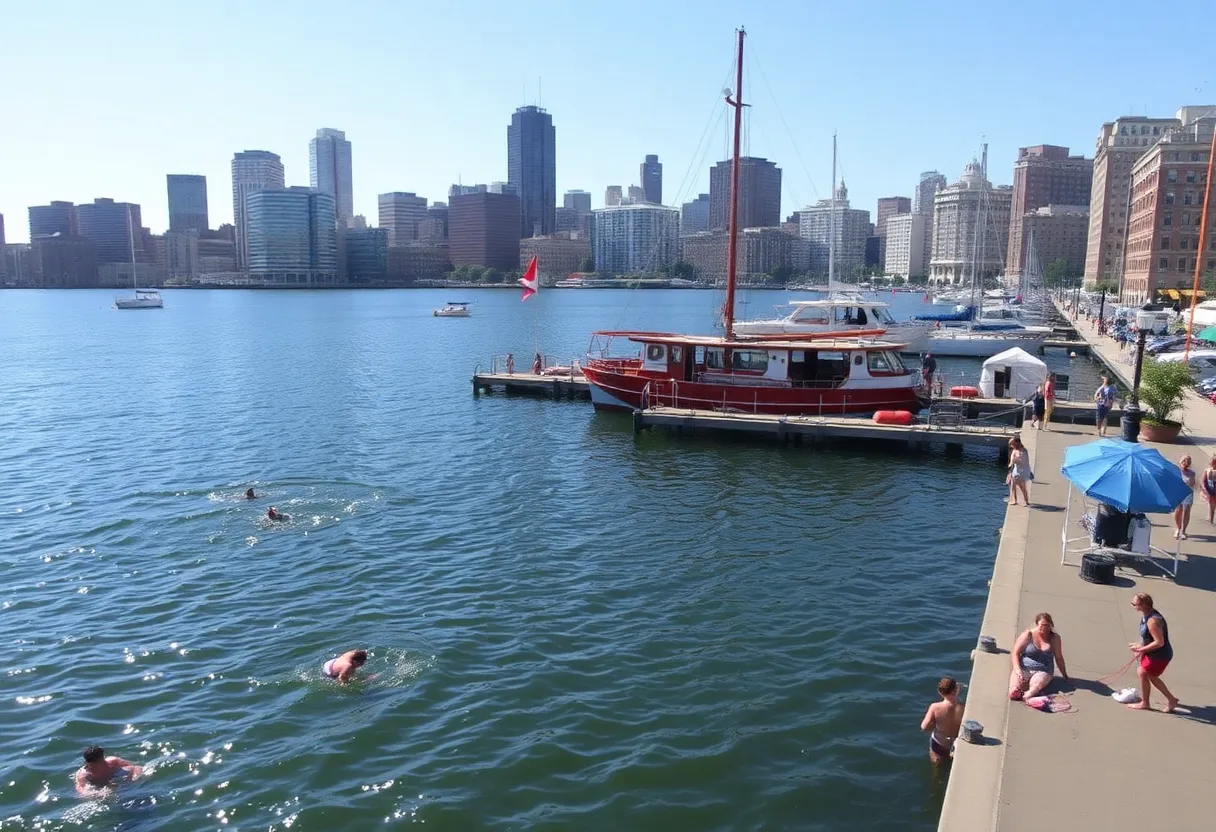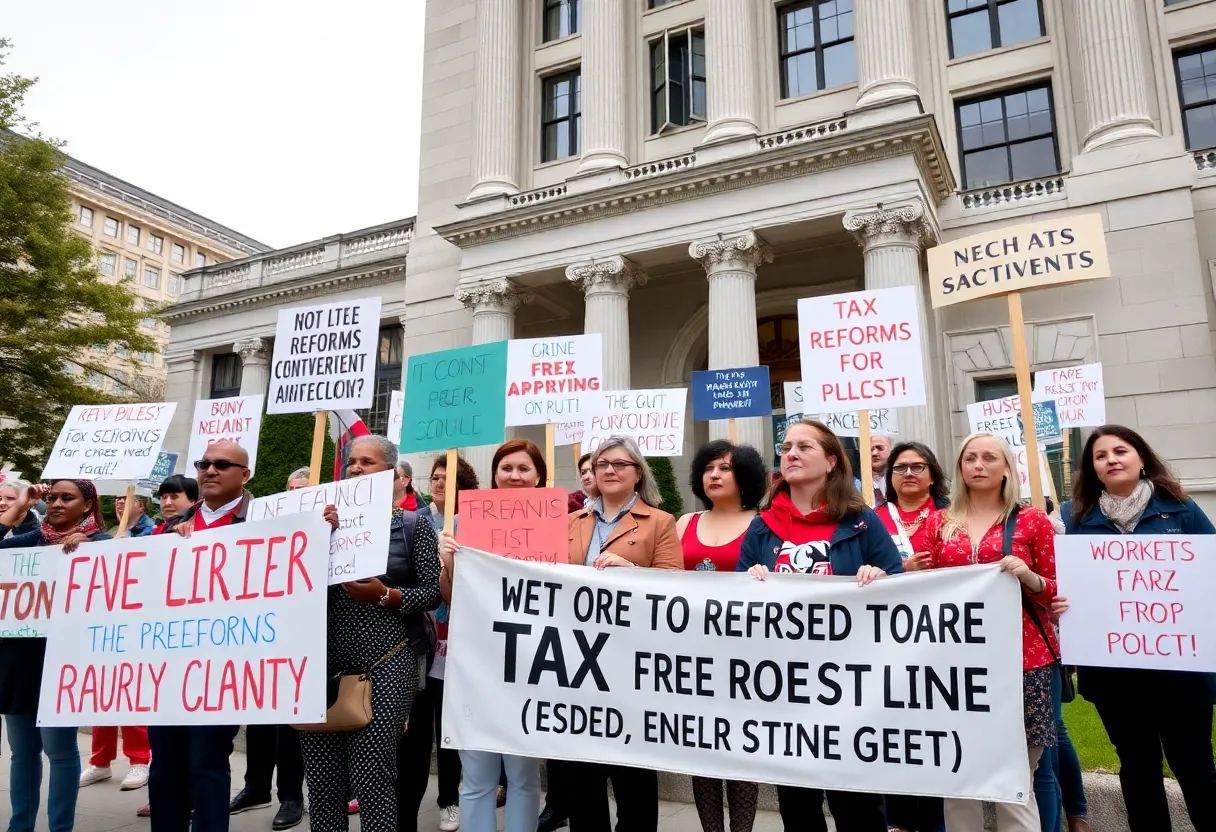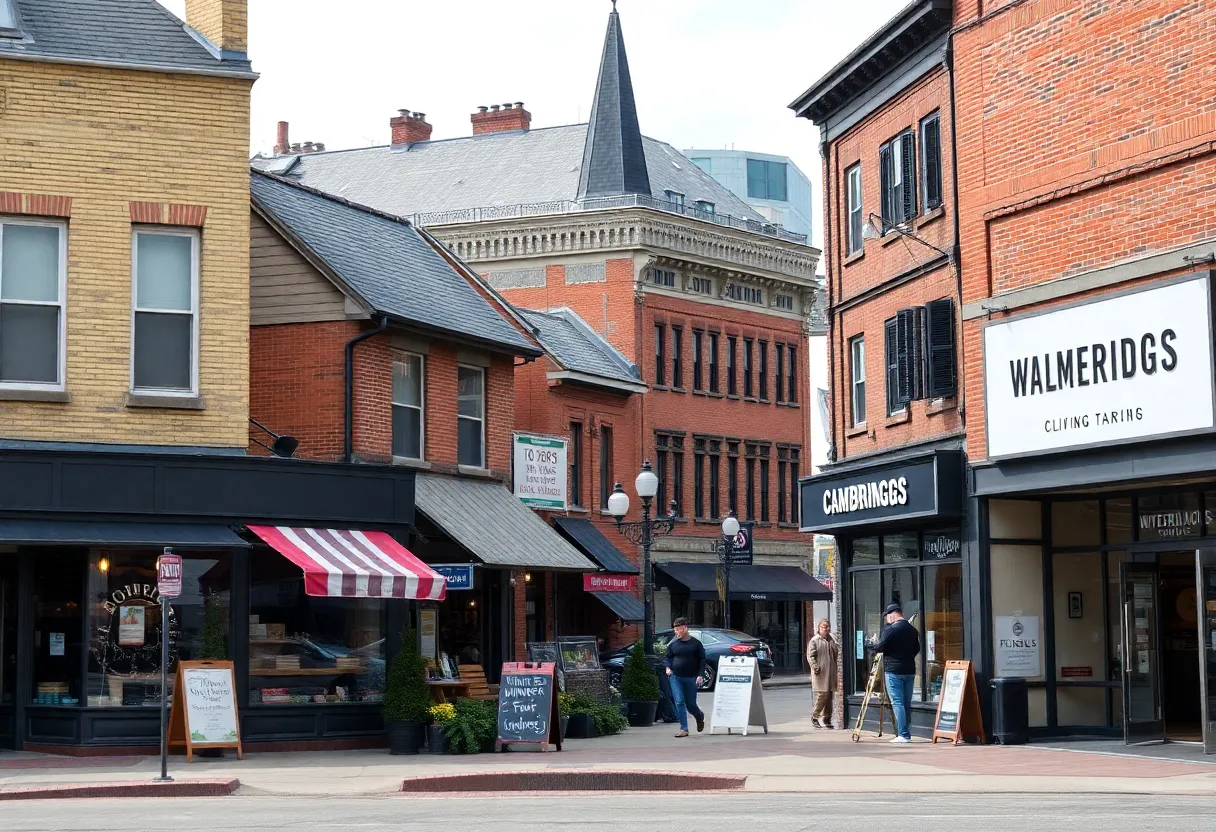News Summary
Boston Harbor has undergone a remarkable transformation from being labeled the dirtiest harbor in the nation to a safe and clean recreational area. This change is a result of a monumental cleanup effort initiated by a lawsuit in 1983, which led to significant investments in sewage management. However, recent budget cuts threaten to undermine these achievements, raising concerns among environmental advocates about the future quality of the harbor’s waters and ongoing cleanup projects.
Boston Harbor’s Remarkable Transformation Amid Budget Woes
Once upon a time, Boston Harbor held the infamous title of being the “dirtiest harbor in the nation.” With its murky waters and putrid smells, swimming in its depths was nothing short of a health hazard. However, thanks to a monumental cleanup effort spanning over three decades, the harbor today tells a very different story, with its waters now clear, inviting swimmers, sailors, and kayakers alike to indulge in recreational activities.
The Harrowing Past
For years, the harbor was a toxic wasteland. At the peak of pollution, it was estimated that hundreds of millions of gallons of sewage and more than 100 tons of sludge poured into the water each day. With this dangerous mix, over 441 pounds of lead were part of daily contamination, which devastated local marine life and left the water too contaminated for any form of recreation.
A Three-Decade Cleanup Marvel
The historic cleanup effort—deemed one of the most successful environmental restoration projects by the Environmental Protection Agency (EPA)—was triggered by a 1983 lawsuit from the Conservation Law Foundation and the city of Quincy. This legal push saw the construction of a state-of-the-art sewage treatment plant on Deer Island, costing around $3.7 billion. Thanks to rigorous regulations and a commitment to improvement, the EPA reported that swimming in the harbor is now safe, and a ripple effect has been observed in adjacent water bodies, like the Charles River, which also saw improved water quality.
Bluing the Future of Boston Harbor
However, with great success comes new challenges, and presently the EPA faces substantial budget cuts that threaten the achievement of clean water in Boston Harbor. Recent proposals aim for a staggering 65% reduction in the agency’s funding under current administration initiatives. Advocates for the environment are expressing concerns that if spending and enforcement diminish, future water and air quality endeavors could be considerably compromised.
The Ripple Effect
Moreover, despite the considerable strides made, some old sewage systems still contribute to pollution during heavy rains, thwarting ongoing efforts to keep the waters pristine. Coupled with reduced regulatory power, there’s a lingering anxiety among environmentalists about what lies ahead for the harbor and vital projects like the ongoing cleanup of the Charles River.
Collaborative Clean-Up Efforts
Alongside the impressive revitalization of the main harbor, several significant cleanups have also taken place on the Boston Harbor Islands. Characterized as a “highly technical adventure cleanup,” these initiatives successfully rid the islands of tons of debris collected from challenging terrains and harsh weather conditions. Volunteers braved the elements to extract plastic, fishing gear, and various artifacts—some dating back decades, such as an old Navy gas mask and unopened food cans—from the shores.
Lessons Learned
Aside from tackling visible pollution, recent cleanup initiatives are paving the way for innovative approaches to waste management. Rather than sending collected debris to landfills, partners have made strides toward recycling efforts, proving that sustainability does not have to be a far-off dream.
A Call for Continued Support
The unwavering success of Boston’s harbor cleanup serves as a powerful reminder of what can be achieved through rigorous funding, collaborative action, and stringent regulations. As community stakeholders reflect on the weeks, months, and years of grueling effort that transformed this pivotal waterway, there is a clear need for ongoing support to ensure the vitality of Boston Harbor continues for generations to come.
As Boston Harbor basks in its \”fabulous\” state, it’s crucial to remember that the fight against pollution is a continuous road that requires collective action, awareness, and local commitment. The harbor has come such a long way, but vigilance must remain our ally in keeping these waters clean and vibrant.
Deeper Dive: News & Info About This Topic
HERE Resources
Additional Resources
- Boston Globe: EPA Cleanup in Boston
- Wikipedia: Boston Harbor
- Tufts Daily: Historic Cleanup of Boston Harbor Islands
- Google Search: Boston Harbor cleanup
- Hull Times: Volunteers Collect Trash in Boston Harbor Islands
- Encyclopedia Britannica: Water Pollution
- WHDH: Crane Incident in Boston Harbor
- Google News: Boston Harbor cleanup news
- Boston Globe: Boston Harbor Islands Cleanup
- Google Scholar: Boston Harbor cleanup efforts








